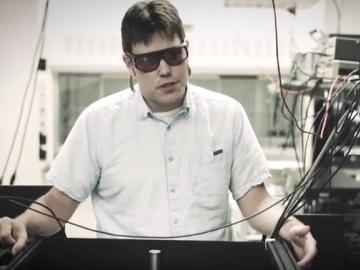
Filter News
Area of Research
- (-) Computational Engineering (1)
- (-) Materials (136)
- Advanced Manufacturing (5)
- Biological Systems (1)
- Biology and Environment (103)
- Biology and Soft Matter (4)
- Building Technologies (2)
- Chemical and Engineering Materials (3)
- Chemistry and Physics at Interfaces (7)
- Clean Energy (187)
- Climate and Environmental Systems (7)
- Computational Biology (1)
- Computational Chemistry (5)
- Computer Science (3)
- Data (1)
- Earth Sciences (1)
- Electricity and Smart Grid (1)
- Energy Frontier Research Centers (7)
- Fuel Cycle Science and Technology (2)
- Functional Materials for Energy (8)
- Fusion and Fission (33)
- Fusion Energy (7)
- Geographic Information Science and Technology (1)
- Isotope Development and Production (1)
- Isotopes (22)
- Materials for Computing (13)
- Materials Synthesis from Atoms to Systems (8)
- Materials Under Extremes (7)
- National Security (46)
- Neutron Data Analysis and Visualization (2)
- Neutron Science (74)
- Nuclear Science and Technology (29)
- Quantum Condensed Matter (3)
- Quantum information Science (4)
- Renewable Energy (2)
- Sensors and Controls (2)
- Supercomputing (155)
- Transportation Systems (4)
News Type
News Topics
- 3-D Printing/Advanced Manufacturing (4)
- Advanced Reactors (1)
- Artificial Intelligence (4)
- Big Data (2)
- Bioenergy (2)
- Biomedical (2)
- Buildings (1)
- Chemical Sciences (8)
- Clean Water (2)
- Composites (2)
- Computer Science (8)
- Coronavirus (1)
- Cybersecurity (1)
- Decarbonization (1)
- Energy Storage (7)
- Environment (6)
- Exascale Computing (1)
- Fusion (3)
- Grid (2)
- High-Performance Computing (1)
- Isotopes (6)
- Machine Learning (2)
- Materials (20)
- Materials Science (22)
- Mathematics (1)
- Microscopy (8)
- Nanotechnology (10)
- Neutron Science (10)
- Nuclear Energy (10)
- Partnerships (3)
- Physics (13)
- Polymers (5)
- Quantum Computing (1)
- Security (1)
- Space Exploration (1)
- Summit (1)
- Sustainable Energy (2)
- Transformational Challenge Reactor (2)
- Transportation (4)
Media Contacts
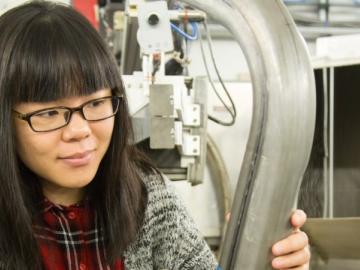

A tiny vial of gray powder produced at the Department of Energy’s Oak Ridge National Laboratory is the backbone of a new experiment to study the intense magnetic fields created in nuclear collisions.
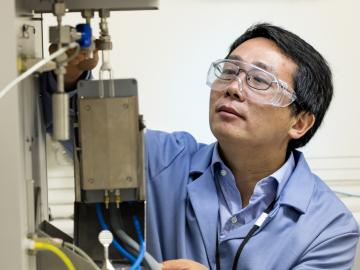
Zili Wu of the Department of Energy’s Oak Ridge National Laboratory grew up on a farm in China’s heartland. He chose to leave it to catalyze a career in chemistry. Today Wu leads ORNL’s Surface Chemistry and Catalysis group and conducts research at the Center for Nanophase Materials ...


“Made in the USA.” That can now be said of the radioactive isotope molybdenum-99 (Mo-99), last made in the United States in the late 1980s. Its short-lived decay product, technetium-99m (Tc-99m), is the most widely used radioisotope in medical diagnostic imaging. Tc-99m is best known ...
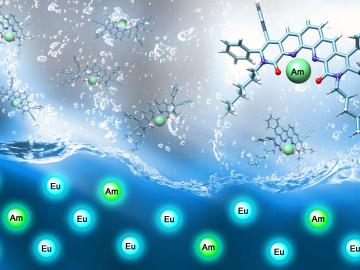
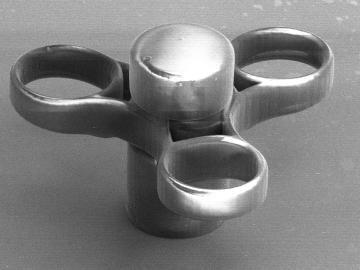
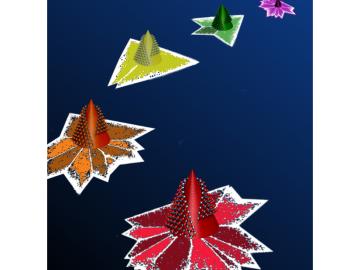
Rice University researchers have learned to manipulate two-dimensional materials to design in defects that enhance the materials’ properties. The Rice lab of theoretical physicist Boris Yakobson and colleagues at the Department of Energy’s Oak Ridge National Laboratory are combi...
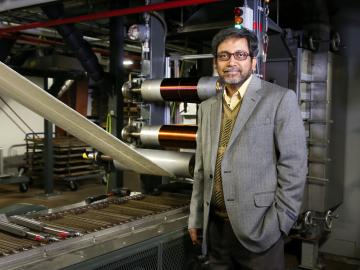
Finding new energy uses for underrated materials is a recurring theme across Amit Naskar’s research portfolio. Since joining Oak Ridge National Laboratory in 2006, he has studied low-cost polymers as carbon fiber precursors, turning lignin−a byproduct of biofuel production−into renewable thermoplastics and creating carbon battery electrodes from recycled tires.
